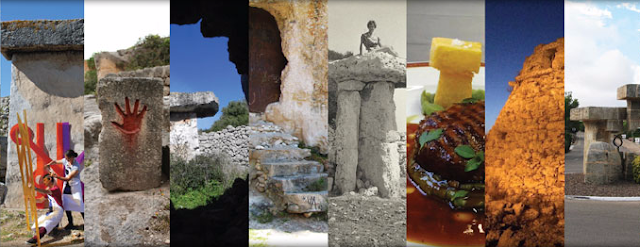Iranian Heritage in Danger (IV): Wind catcher in Yadz
The historical city of Yazd has been added to the coveted list of World Heritage cities endorsed by UNESCO. Yazd’s old neighborhood was added to the list during UNESCO’s World Heritage Committee’s 41st session in Krakow, Poland on Sunday, July 9.2017. Almost 200 hectares of the city’s 2,270-hectare historical texture now boast world heritage status; Yazd is now the only UNESCO-listed Iranian city where people still live in. It is also believed to be the world’s largest inhabited adobe city. Previously, Shahr-e Soukhteh an uninhabited historical city in Iran was also registered as an historical world heritage city.
Yazd’s old buildings are all built from mud bricks, which provide natural insulation against cold and hot weather and make the city unique. The old earthen architecture of Yazd has escaped the modernization that destroyed many traditional earthen towns, retaining its traditional districts, the Qanat system, Traditional houses, Bazars, Hammams (bath), mosques, Synagogues, Zoroastrian fire temples and the historic Garden of Dolat-abad. The city, in central Iran, is also known for its tall ventilation structures known as Badgirs (wind catcher or wind shaft). It functions as natural air-conditioner in houses and larger buildings.
A wind catcher is a traditional Persian architectural device used for many centuries to create natural ventilation in buildings. One of the most important significant elements that plays an effective role in Yazd requisition as historical world heritage city is wind catcher.
This post intends to focus on wind catcher. Wind catcher is an engineering architectural masterpiece of earth to deal with this unbearable heat. Wind catcher is among the manifestations and symbols of Persian civilization. To keep buildings free of dust and sand blown in from the desert, wind catchers were built facing away from the wind to recycle fresh air. Wind catchers tend to have one, four, or eight openings. In the city of Yazd, all wind catchers are four- or eight-sided. The construction of a wind catcher depends on the direction of airflow at that specific location: if the wind tends to blow from only one side, it is built with only one downwind opening. This is the style most commonly seen in Meybod, 50 kilometers from Yazd: the wind catchers are short and have a single opening.
It is not undeniable that there have been some problems in preserving of this masterpiece symbol:
- Modernization: owners want to have new building with modern design.
- It is undeniable that the natural disaster and factors such as humidity, hurricanes effect on that main long part of structures.
- Demolition of any of the historic texture houses adjacent to a Wind catcher will lead to a weakening of its base.
- Sometimes tourists have irreparable impact on sites, which come from their ignorance.
- Although the technology is changing the world, Wind catcher has been the best and most logical method of recycling the air. Sometimes local inhabitants have changed and developed their life spot, which come from their ignorance about the value of the site that they have being lived there with this traditional technology.
- There are no real statistics that how many wind catchers are available and works in that city.
- Many of historical houses with Wind catcher convert to local traditional hotel or restaurant by using new technology without paying attention to technical points (like below pictures).
There are some suggestions by the author:
- Assigning some facilities such as loans for owners to protect this historical heritage.
- Holding academic workshop for local people to increase their knowledge about world heritage as a useful way to decrease damage which come from local ignorance.
- Conserving historical and natural sites should be one area of government's priority of the countries all around the world. Government and citizens both should be jointly responsible for world heritage.
- Recording number of wind catcher available in that city.
- Using new protective materials (such as Nano) to cover and conserve some damaged brick, muds and structures against the moisture, wind and other effective factors.
- Engineering measures to soil and foundation reinforcing should be needed for restoring or each rehabilitation projects.
Iranian Heritage in Danger is a post series by UCM doctoral student Ghazal Nouri.







Comentarios
Publicar un comentario